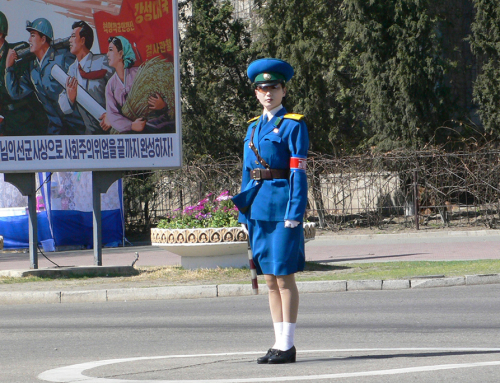This is a segment from the film Life with an Indian Prince. In 1939 two young Americans traveled to India to experience the falconry practices of Indian royalty and to photograph and film wildlife for National Geographic. In addition to hunting with birds of prey, members of the royal party used to hunt with cheetahs. This sport and way of life has disappeared into history. This rare footage is quite unique, and most probably the only of its kind.
___________________________________________________________________________________
History of Hunting:
Ancient Greeksbelieved that hunting was discovered by the gods, who taught people how to do it. Numerous legends and myths about hunting involve gods and semigods: centaurs are hunters, Perseus is considered the first hunter, while Castor learns on horseback the art of chasing the prey in the woods and to kill it by spear. Pollux chased and killed wild animals with the help of the dogs.
Some of the earliest known hog hunting took place in ancient Greece, where the hunting season began promptly each September. Homer referred to boar hunting in The Odyssey, written in 700 B.C. The Greek mythologist tells of a city built on the foundations of a boar-hunting site.
Hog hunting continued in ancient Roman society from the 3rd Century B.C. onward, and was considered not only a matter of securing sustenance, but also a means to strengthen one’s character and physical endurance.
During the Victorian era, British military officers and Indian high kings called Maharajas practiced a form of hog hunting known as pig-sticking. This type of hunt involved shooting hogs while on horseback, and as in centuries before, was seen as a show of skill and bravery.
In Medieval Europe, hog hunting was seen as a skillful activity much more than as a necessity or mundane activity. In fact, noblemen were the main participants in the sport, and created the tradition of finishing a hunt by stabbing the boar with a dagger.
By Renaissance times, people had come to view hog hunting differently than their medieval predecessors. With fewer forest areas available due to increased construction and farming, boar populations lessened. Oftentimes, farmers viewed hogs as a nuisance that might destroy their crops, and killed them on the spot using firearms rather than in a longer, drawn-out hunt.



This article has inspired me to continue writing on my own blog
I simply want to mention I am just newbie to weblog and truly liked this web-site. Most likely I’m going to bookmark your blog . You definitely come with excellent articles and reviews. Cheers for revealing your web-site.